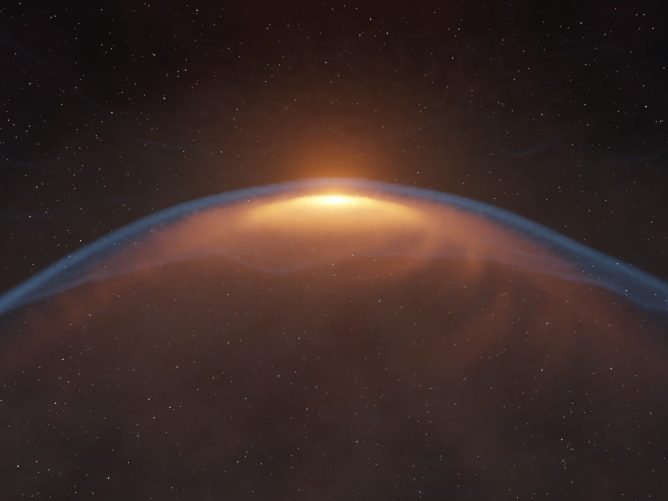The National Astronomical Observatory of Japan (NAOJ) successfully obtained an output of approximately 1 milliwatt (more than 20 times higher than those obtained by conventional methods) in an experiment using an ultrahigh-speed photodiode integrated into a palm-size waveguide photomixer. The NAOJ confirmed that the output can be obtained in a broad spectrum from 75 GHz to 110 GHz at 3-mm wavelength by adjusting the wavelength difference between two lasers. This is a remarkable result achieved by NAOJ through long research and development effort to generate millimeter/submillimeter waves from the optical waves.
In observations with ALMA (Atacama Large Millimeter/submillimeter Array), a gigantic radio telescope which will be constructed at 5000-meter altitude in Chile, this generation technique of millimeter/submillimeter wavelengths using the photonic technology will play an important role in detecting faint radio signals from the universe. Also, it is expected that the technique will be applied not only to astronomy, but also to wide-ranging fields such as spectroscopy, information network systems, atmospheric environment measurement, medical diagnostic technology, and fusion plasma diagnostics.









